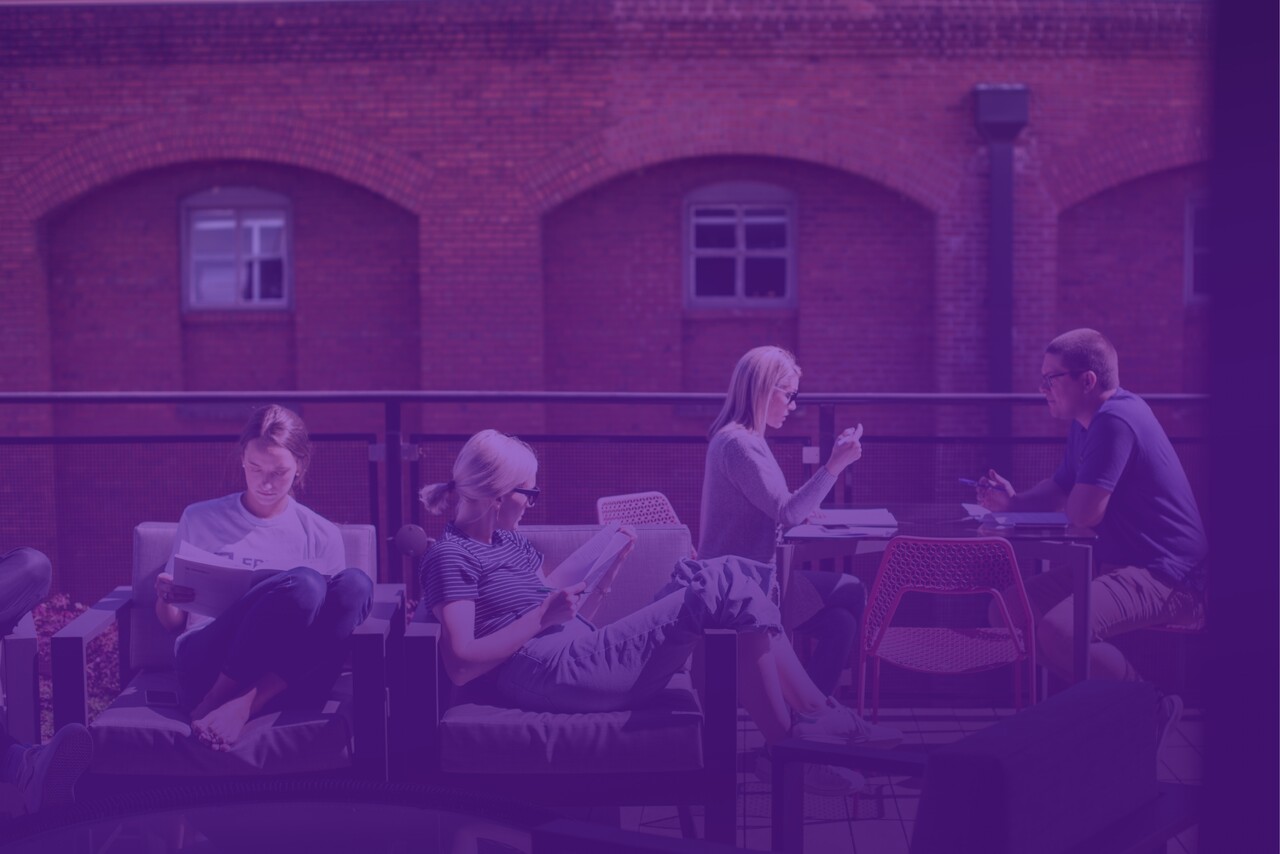Strategies to Improve Company Communication


Covid has been largely responsible for changes in where people work but also, more subtly, in how they communicate at work, wherever that might be.
David Yovanno, CEO and Board Director at impact.com recently stopped by The BragWorthy Culture Podcast to talk about those subtle changes in communication. He describes how those changes affected his company, leading to growth in strategy and planning.
impact.com transforms the way businesses manage and optimize partnerships — including traditional rewards affiliates, influencers, commerce content publishers, B2B and more. Their platform makes it easy for organizations to create, manage and scale an ecosystem of partnerships with brands and communities that customers trust to make purchases, get information and entertain themselves, wherever they are.
When David joined the company it had around 200 employees. Now that number is 1000 and rising. That’s significant growth over a six-year period, but even more significant when we note that 500 of those employees joined after 2020, demonstrating that the pace of growth has only increased over the past few years.
Company Meetings
Pre-Pandemic
Prior to the pandemic, impact.com had ten offices around the world. Each office would host its own local meetings, whether formally or informally. The meetings usually covered general business updates, and notes and minutes were made and held locally.
Move to Zoom
When Covid restrictions came into effect those local in-person meetings became impossible. This is when David and his leadership team decided it was worth trying a single company-wide video meeting, Thursday mornings, Pacific time. This suited offices in most regions, but for those who could not attend at this time an on-demand version of the meeting was made available to watch at any time.
The meetings generally run for 45 minutes and include:
- Weekly activities across the business, new product launches, etc.
- Customer success stories.
- Top team member of the week.
Offices that can’t participate in live meetings can pre-record content to be included. So it feels as if they are present, even if not in the moment.
David sees these meetings as opportunities to reinforce company culture through discussion and evaluation of values and behaviors seen both internally and externally.
A hidden disadvantage of local meetings was their tendency to vary according to the number of senior leaders present. For example, prior to the pandemic, many of the senior leaders were based in the Santa Barbara office. That meant the quality of those meetings was higher, in part due to the fact that the senior leadership may have been more actively involved.
That meant that some offices, like the one in Cape Town, South Africa, didn’t feel they were at the same table as their global peers because they didn’t have the same access to senior leadership. All of that changed with the weekly video calls. Now they, like their peers, are fully involved in all relevant updates.
Beyond just being present, they also get to contribute. David often serves as moderator for these calls and they’re not a webinar-style single-speaker affair: on average there are ten speakers.
Quarterly Planning
Quarterly meetings last a bit longer than the regular weekly meetings, sometimes running for as long as two hours. Here, the focus is different. Team members look not just at the previous week or month’s activities but at how healthy the business is looking at the end of that quarter. In a way, it’s an “employee earnings call,” says David.
Every two quarters, senior leadership collaboratively plans ahead. While some organizations can leave different departments siloed as they do quarterly or yearly planning, that’s not the case at impact.com. Instead, the expectation is that departments will work together to plan and execute objectives and key results, creating a road map that gets buy-in and adds accountability across the board.
As he reflected on the positive changes that have come from this weekly meeting, David commented, “Why did it take Covid to help us communicate effectively with our people … to bring them all together in a format like that?” There’s no going back to the old ways now. David has put thought into action and hired a full-time team member to handle internal communications, including the running of the weekly meeting.
Operating Principles
When David first joined the company in 2017 he pulled the senior team together for an off-site to help everyone better articulate company culture. Without going into detail, David points out that asking questions is an easy way to get to what’s at the heart of an organization’s culture.
Examples include:
- Pick three leaders you admire in the company and describe them.
- What were the characteristics of the best businesses you worked at?
- What were the things that stood out about the best bosses you’ve had?
Answers to these questions help to uncover the company’s operating principles while providing greater context for how the company can grow and improve.
One of those operating principles at impact.com is ‘focus on the customer’. That means understanding and anticipating what their needs are now and what they will be in the future. This information can be gleaned in many ways: talking to customers, getting in front of them, workshopping through challenges and fostering deep relationships. “The better we are able to relate to our customers,” says David, “the better we can serve them and drive growth.”
Focus on Team Members
David is also passionate about focusing on his team members. A drawback of remote work is not being able to see and interpret body language and moods as they modulate during the day. That means it’s on leaders to make sure they are regularly checking in with their team. This isn’t just a “How are you?” that ticks a box. It’s time set aside to connect and have a real conversation, to make sure that team members have all they need and feel supported at work.
These real conversations are reinforced, whenever possible, by real-life gatherings which build cohesion and camaraderie.
If you enjoyed David’s ideas and want examples of how impact.com is driving “The Partnership Economy,” you can check out David’s new book in the link.
Check Out the Full Episode
Learn more about David and how impact.com approaches communication by listening to our full interview on Apple or Spotify.
Looking to build your own BragWorthy Culture? Fringe can help. Fringe is the number one lifestyle benefits marketplace. Give your people the power of choice and save a ton of administrative headaches by consolidating existing vendors and programs into a simple, automated platform. Talk to our team to get started.

.jpeg)
